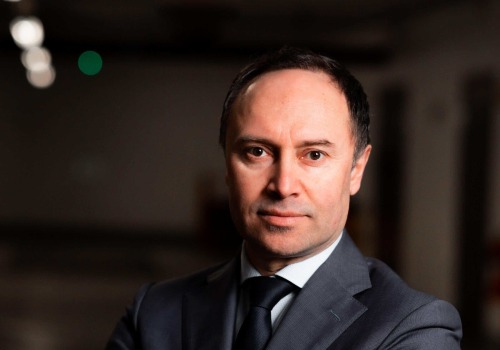A chief of staff works with and through the same team as the CEO: other members of the senior leadership team. A director of operations has his own team and direct reports (vice-presidents, directors, managers). A director of operations may have their own chief of staff. A chief of staff does not usually have any formal direct reports.
People often mistakenly think that the role of the chief of staff is similar to that of an executive assistant. A chief of staff assumes many more responsibilities than an administrative assistant and can act as an intermediary between him and the CEO. The role of chief of staff originated in politics and the military, and now CEOs are increasingly embracing it. A level III chief of staff is aware of political challenges and manages diplomacy well without giving in to other departmental demands.
There is often a better way to manage the flow of information needed for a CEO to succeed, and very often, a chief of staff (CO) can play a critical role. Susan has worked at this company for nearly 20 years, under the direction of three CEOs, and she understands the culture. Greg works closely with the directors of business development and R&D on alliances and acquisition projects, and with the director of human resources in the search for scientific talent. The tasks that are performed at levels one and two are not new; what is new is that the people who perform them are increasingly receiving the title of chief of staff.
Ultimately, however, the organization of an executive director's staff is less important than the extent of support and how its members work together. Valuable chiefs of staff are also trusted confidants; the CEO can rely on them for helpful advice without worrying about potential consequences for the organization. By incorporating the current structure, functions, and practices of the CEO, these critical staff members can increase the effectiveness of the CEO. Large companies are the most likely to hire a chief of staff, but medium-sized organizations can also benefit from this position.
A good executive assistant can help with programming and administration, but many CEOs need additional support. Even more important is to make sure that the leader's other direct reports understand why the position was created, how they and the company will benefit, and what the CEO expects from them in terms of support. However, as organizations grow, we often see companies hiring a chief of staff along with other functions, such as chief operating officer and executive assistant, to ensure the smooth running of the CEO's office and the organization as a whole. In that position, Carol heads the CEO's office and is responsible for ensuring the execution of his agenda, a job that includes managing time, the flow of information to and from the CEO, and making sure that the CEO is always prepared and rarely surprised.
The team will be in a continuous state of adjustment and refinement depending on the business context and the CEO's needs.











